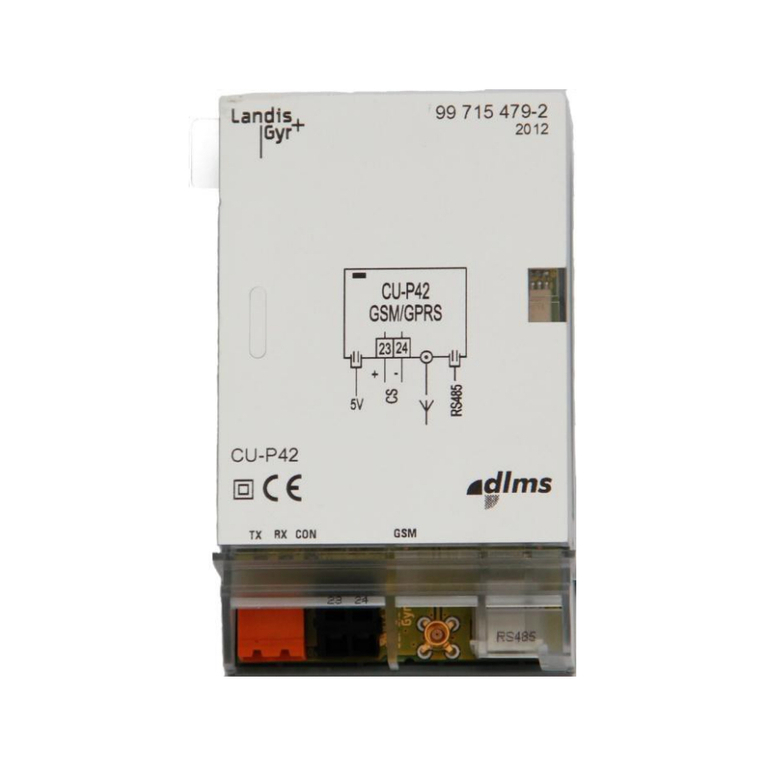
Table of contents 3/30
D000011142 en k – E65C CU-B1, B2, B4 – User Manual © Landis+Gyr
Table of contents
Revision history......................................................................................................................................2
Table of contents ...................................................................................................................................3
About this document..............................................................................................................................4
1Device description........................................................................................................................5
1.1 Review......................................................................................................................................5
1.1.1 General view .......................................................................................................................5
1.1.2 Purpose of use....................................................................................................................5
1.1.3 Type designation.................................................................................................................5
1.2 Technical data...........................................................................................................................6
1.2.1 Inputs and outputs...............................................................................................................6
1.2.2 External influences..............................................................................................................7
1.2.3 Weight and dimensions.......................................................................................................7
1.2.4 Connections ........................................................................................................................7
1.2.5 Connection diagram ............................................................................................................8
2Safety...........................................................................................................................................10
2.1 Safety information...................................................................................................................10
2.2 Responsibilities.......................................................................................................................10
2.3 Safety regulations...................................................................................................................11
3Mechanical construction ...........................................................................................................12
4Function ......................................................................................................................................14
4.1 Pulse inputs (S0 interfaces)....................................................................................................14
4.2 RS485 interface......................................................................................................................14
4.3 RS232 interface......................................................................................................................15
4.3.1 Receive and transmit times...............................................................................................15
4.3.2 Function of LEDs...............................................................................................................16
4.4 Application of interfaces..........................................................................................................17
5Installation and commissioning................................................................................................19
5.1 Introduction.............................................................................................................................19
5.2 Material and tools required .....................................................................................................19
5.3 Fitting the communication unit CU-Bx.....................................................................................20
5.4 Connecting the communication unit CU-Bx ............................................................................21
5.4.1 Connecting the signal inputs .............................................................................................22
5.4.2 Connecting the communication interfaces.........................................................................23
5.4.3 Pin allocation RS232.........................................................................................................23
5.4.4 Connecting the RS485 interface........................................................................................24
5.5 Commissioning and functional check......................................................................................25
6Measures in event of faults .......................................................................................................26
6.1 Removing the communication unit CU-Bx ..............................................................................26
6.2 Repairing the communication unit CU-Bx...............................................................................26
7Decommissioning and disposal................................................................................................27
8Index............................................................................................................................................28




























